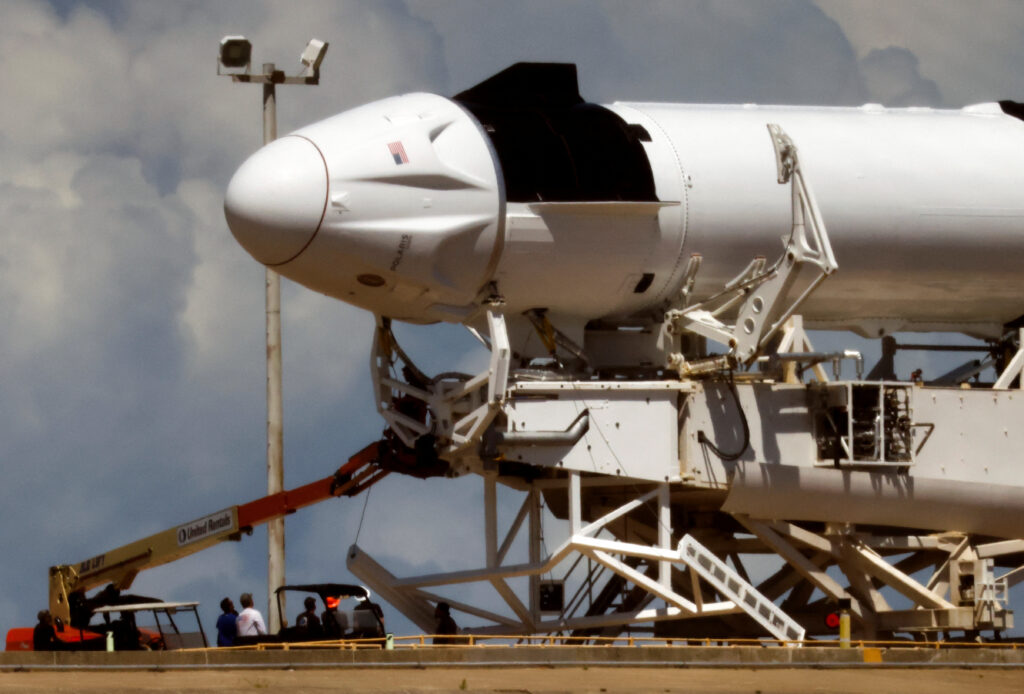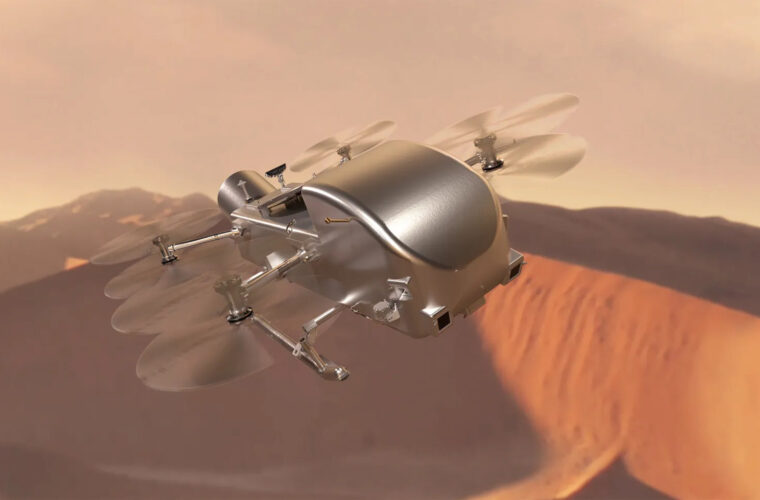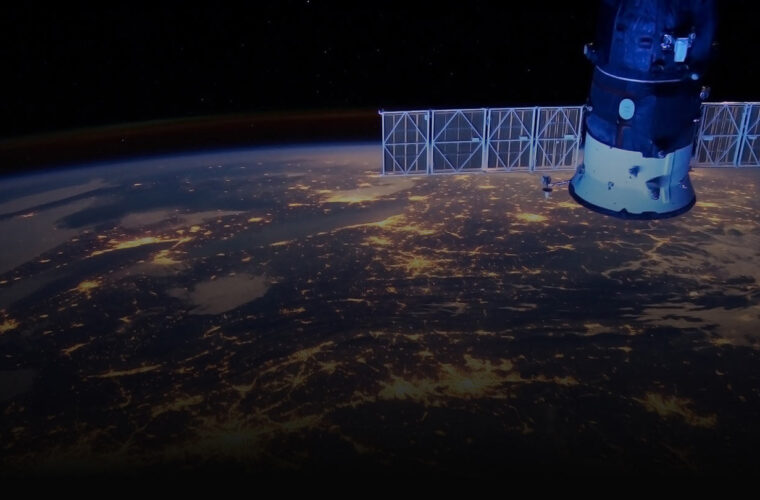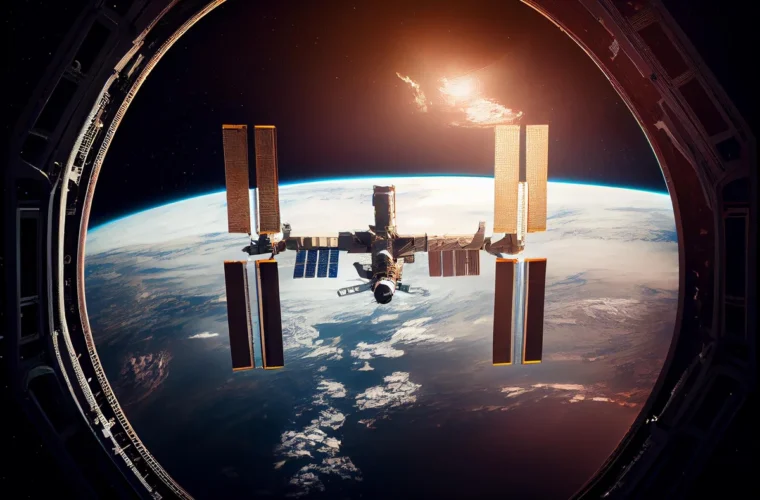By David Shepardson
WASHINGTON (Reuters) – The SpaceX Falcon 9 vehicle may return to flight operations while the overall investigation of the anomaly during a recent Starlink mission remains open, the U.S. Federal Aviation Administration said on Friday.
SpaceX made the return to flight request for the workhorse vehicle on Thursday and the FAA gave approval on Friday. The agency said flights may resume “provided all other license requirements are met.”
On Wednesday, the FAA grounded the Falcon 9 after failing an attempt to land back on Earth during a routine Starlink mission, forcing the company’s second grounding this year.
SpaceX’s Falcon 9 successfully launched a batch of Starlink internet satellites into orbit early Wednesday from Florida. The rocket’s reusable first stage booster returned to Earth and attempted to land on a sea-faring barge as usual, but toppled into the ocean after a fiery touchdown.
Groundings of Falcon 9, a rocket that much of the Western world relies on to put satellites and humans in space, are rare. The rocket was previously grounded in July for the first time since 2016, following a second-stage failure in space that doomed a batch of Starlink satellites.
After the July grounding, SpaceX returned Falcon 9 to flight 15 days later, after the FAA granted the company’s request for an expedited return to flight.
Falcon 9 is also due to launch two NASA astronauts in late September on a Crew Dragon spacecraft that will bring home next year the two astronauts who have been stuck on the International Space Station after riding Boeing’s troubled Starliner spacecraft.

SpaceX has built a sizable fleet of reusable Falcon boosters since the rocket’s first launch in 2010 that has allowed the company to vastly outpace its rivals in launch frequency.
Another Starlink mission was poised for launch shortly after Wednesday’s flight, from SpaceX’s other launch site in southern California, but the company called that mission off after the landing failure.



